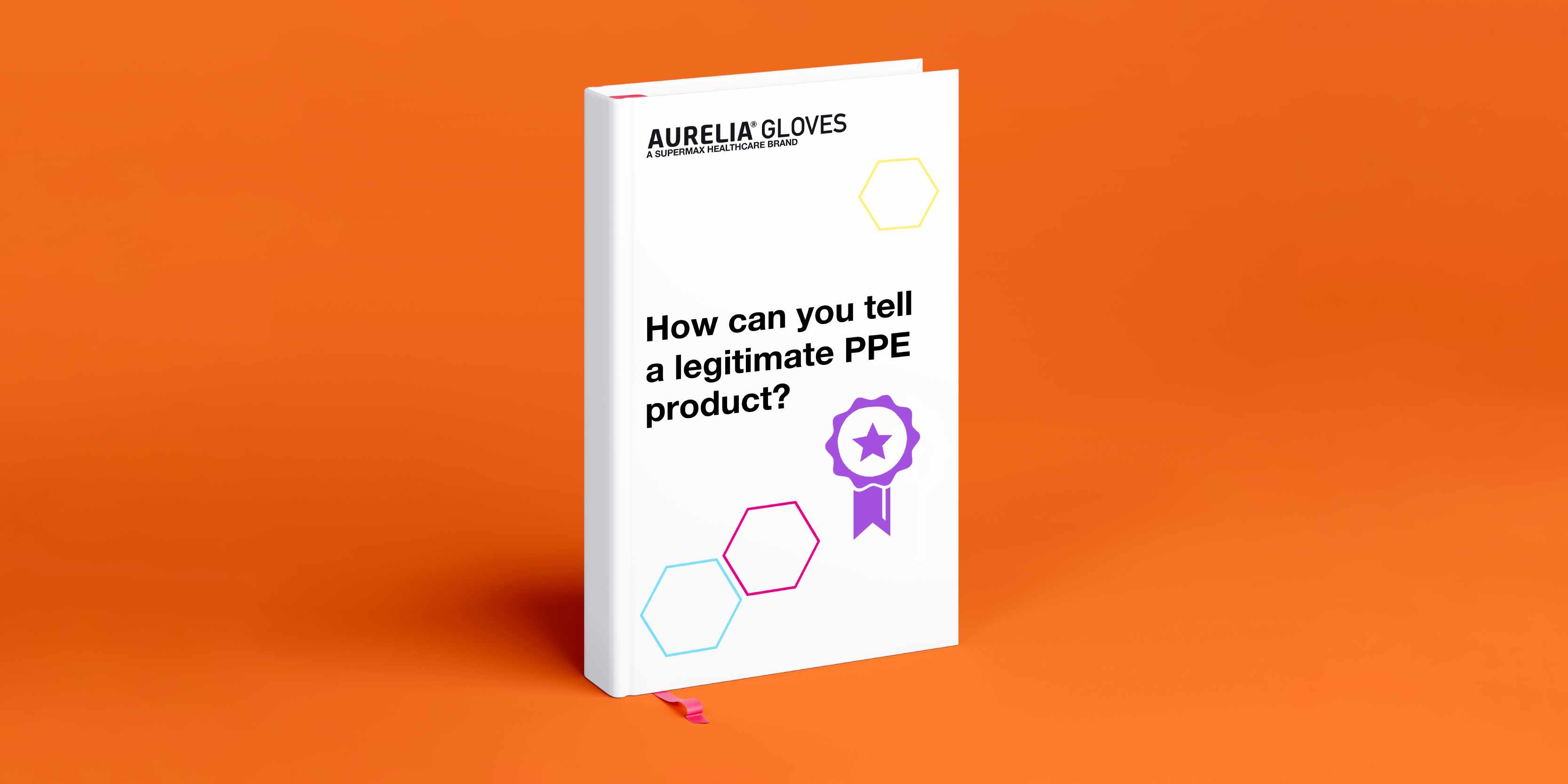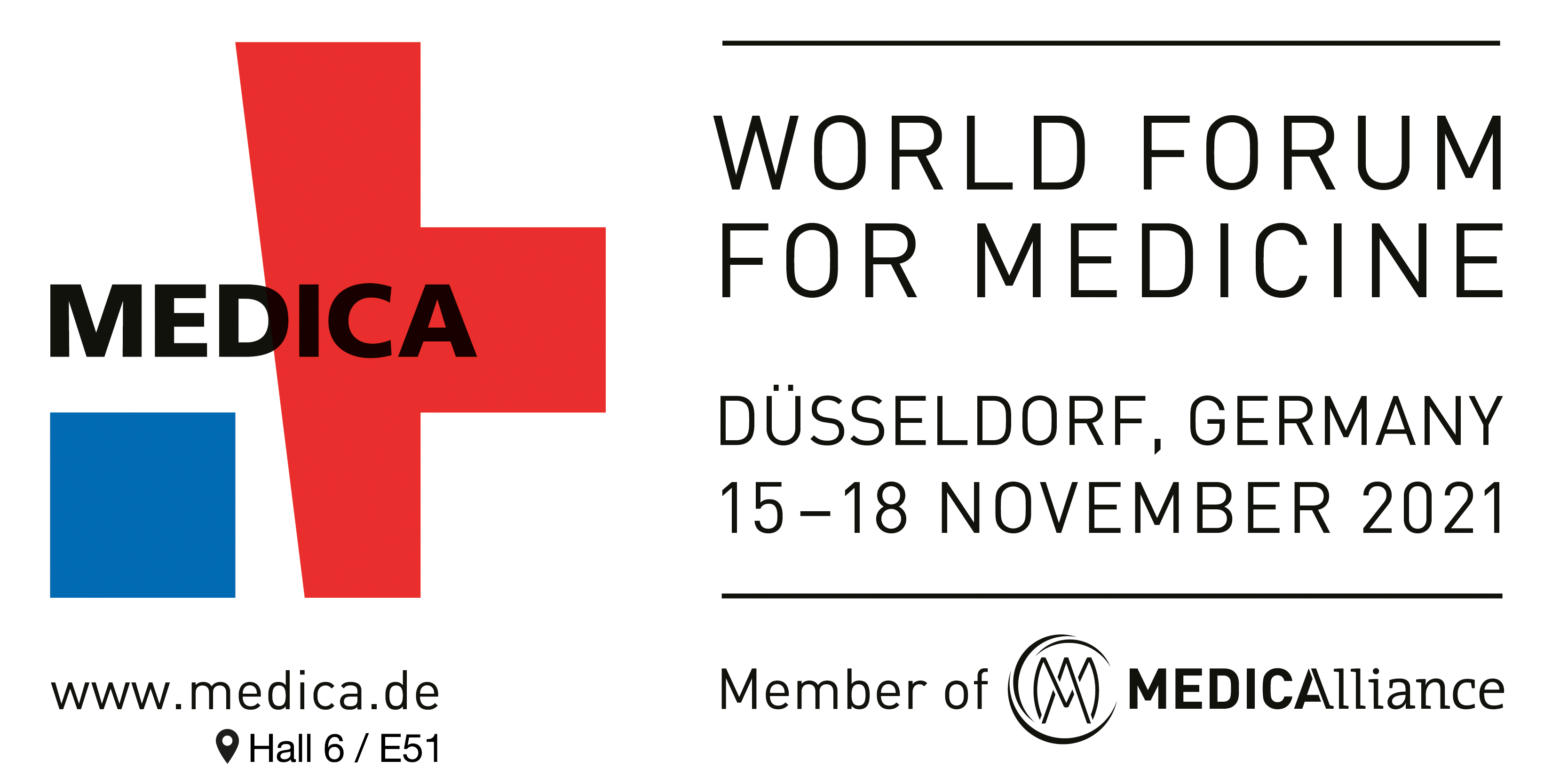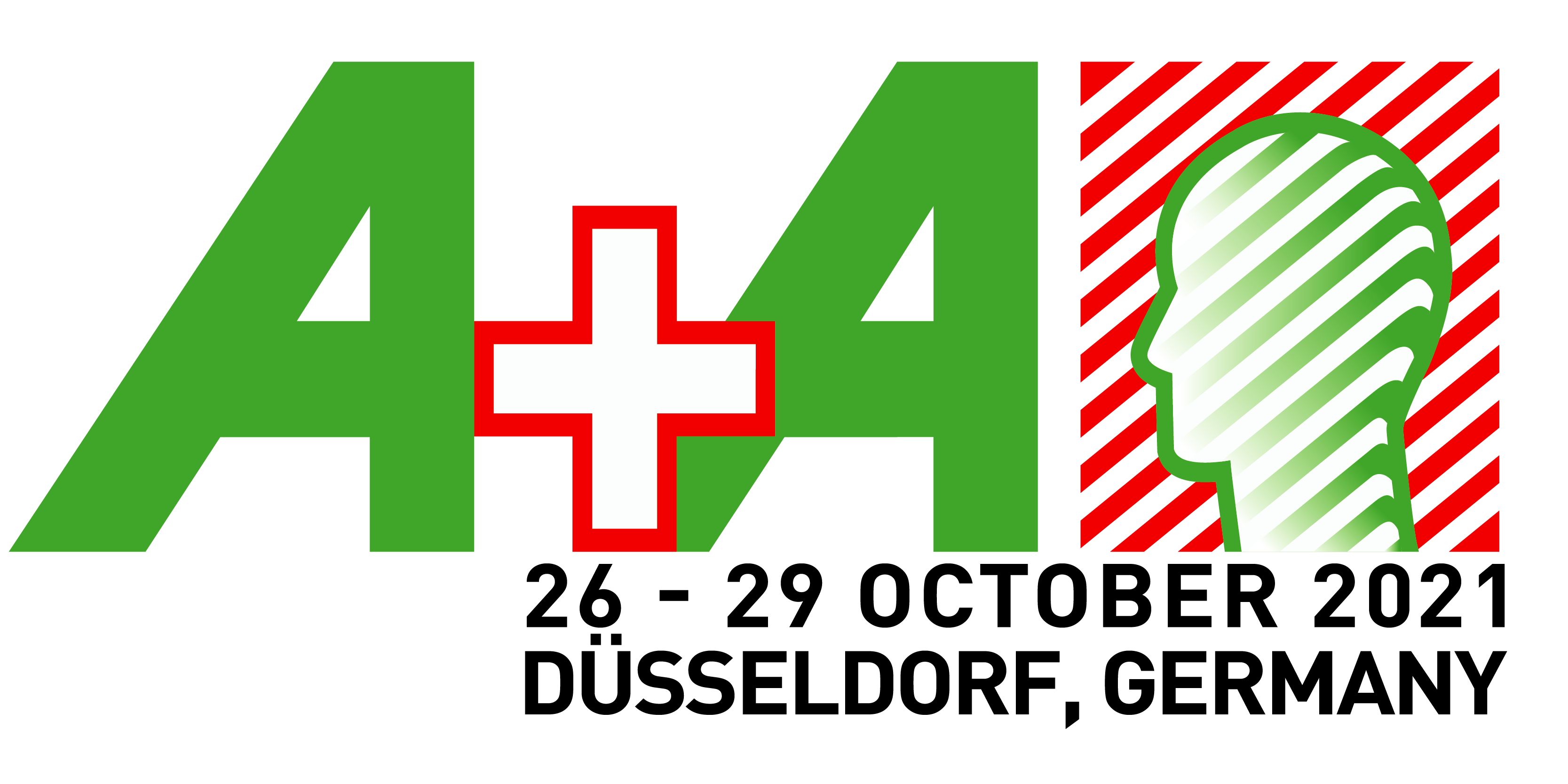PPE Requires correct labelling and Documentation for sale, it is important to check the validity of the product that you are buying, to ensure the safety of users.
Regulatory Information
All PPE needs to comply with the EU 2016/425 PPE Regulation, and the UK version. Category III products require a Module B, EU-Type Certificate; a Module C2 or D, Quality Control or Factory Quality Certificate. Manufacturers should be able to produce Technical Information and a Declaration of Conformity.
Declaration of Conformity
Products must be supplied with a Declaration of Conformity signed by the Manufacturer or Authorised Representative. This declaration should provide information on Category of the product and what approval and testing has been conducted.
Claims and testing
The product claims should be substantiated by testing reports. Where appropriate for the standard, look for external testing reports as that demonstrates an unbiassed test.
Product Labelling
• All PPE should carry a CE mark for sale in Europe or a UK CA mark for sale in the UK.
• Batch identifier
• Claims and compliance should be labelled, such as BS EN ISO 374, BS EN 455.
• Name & Address of the Manufacturer and any Authorised Representatives.
• User instructions and precautions, as well as any storage conditions.
We are happy to help!
For further help, or information contact your local Supermax Sales Manager, or e-mail
*This document gives key things to look out for, but is not exhaustive. Supermax can help with any further information that you may need on our products.




